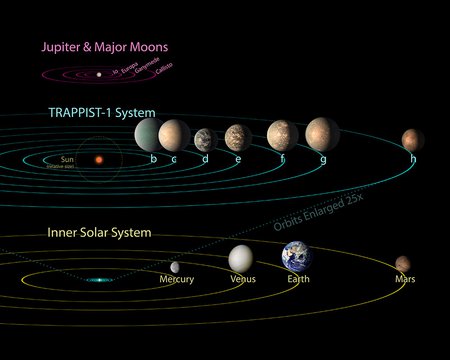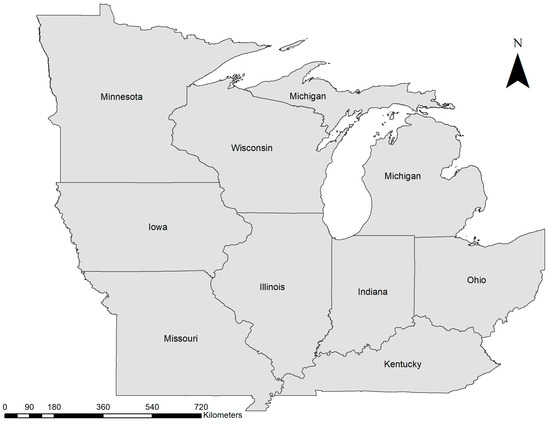2024-08-20 カリフォルニア工科大学(Caltech)
<関連情報>
- https://www.caltech.edu/about/news/evolution-of-the-trappist-1-planetary-system
- https://www.nature.com/articles/s41550-024-02342-4
円盤内縁部の後退に伴うトラピスト-1系の2段階の形成 The formation of the TRAPPIST-1 system in two steps during the recession of the disk inner edge
Gabriele Pichierri,Alessandro Morbidelli,Konstantin Batygin & Ramon Brasser
Nature Astronomy Published:20 August 2024
DOI:https://doi.org/10.1038/s41550-024-02342-4

Abstract
TRAPPIST-1 hosts seven planets. The period ratios of neighbouring pairs are close to the 8:5, 5:3, 3:2, 3:2, 4:3 and 3:2 ratios in increasing distance from the star. The Laplace angles associated with neighbouring triplets are observed to be librating, proving the resonant nature of the system. This compact, resonant configuration is a manifest sign of disk-driven migration; however, the preferred outcome of such evolution is the establishment of first-order resonances, not the high-order resonances observed in the inner system. Here, we explain the observed orbital configuration with a model that is largely independent of the specific disk migration and orbital circularization efficiencies. Together with migration, the two key elements of our model are that the inner border of the protoplanetary disk receded with time and that the system was initially separated into two subsystems. Specifically, the inner b, c, d and e planets were initially placed in a 3:2 resonance chain and then evolved to the 8:5–5:3 commensurability between planets b, c and d due to the recession of the inner edge of the disk, whereas the outer planets migrated to the inner edge at a later time and established the remaining resonances. Our results pivot on the dynamical role of the presently unobservable recession of the inner edge of protoplanetary disks. They also reveal the role of recurring phases of convergent migration followed by resonant repulsion with associated orbital circularization when resonant chains interact with migration barriers.




